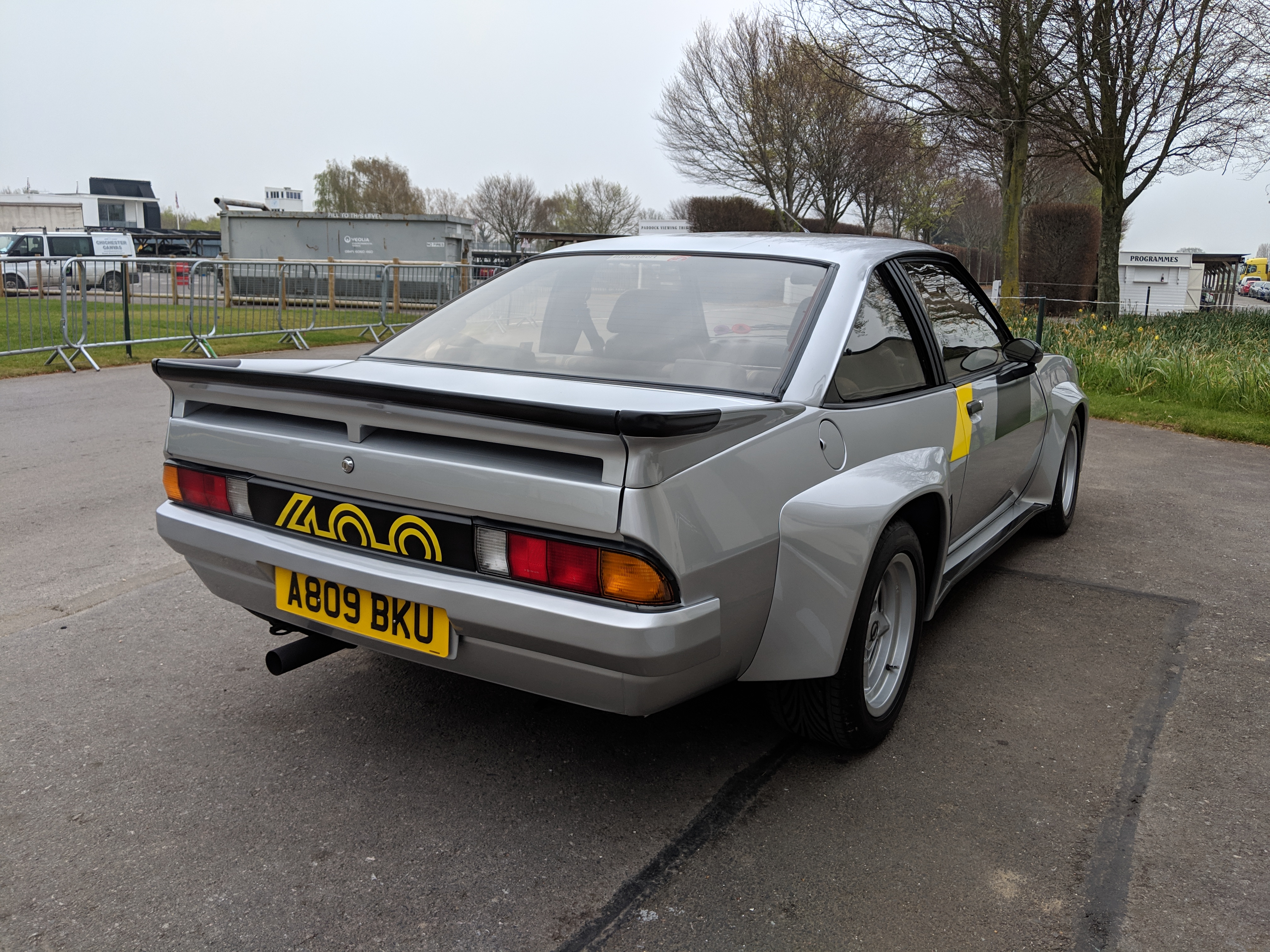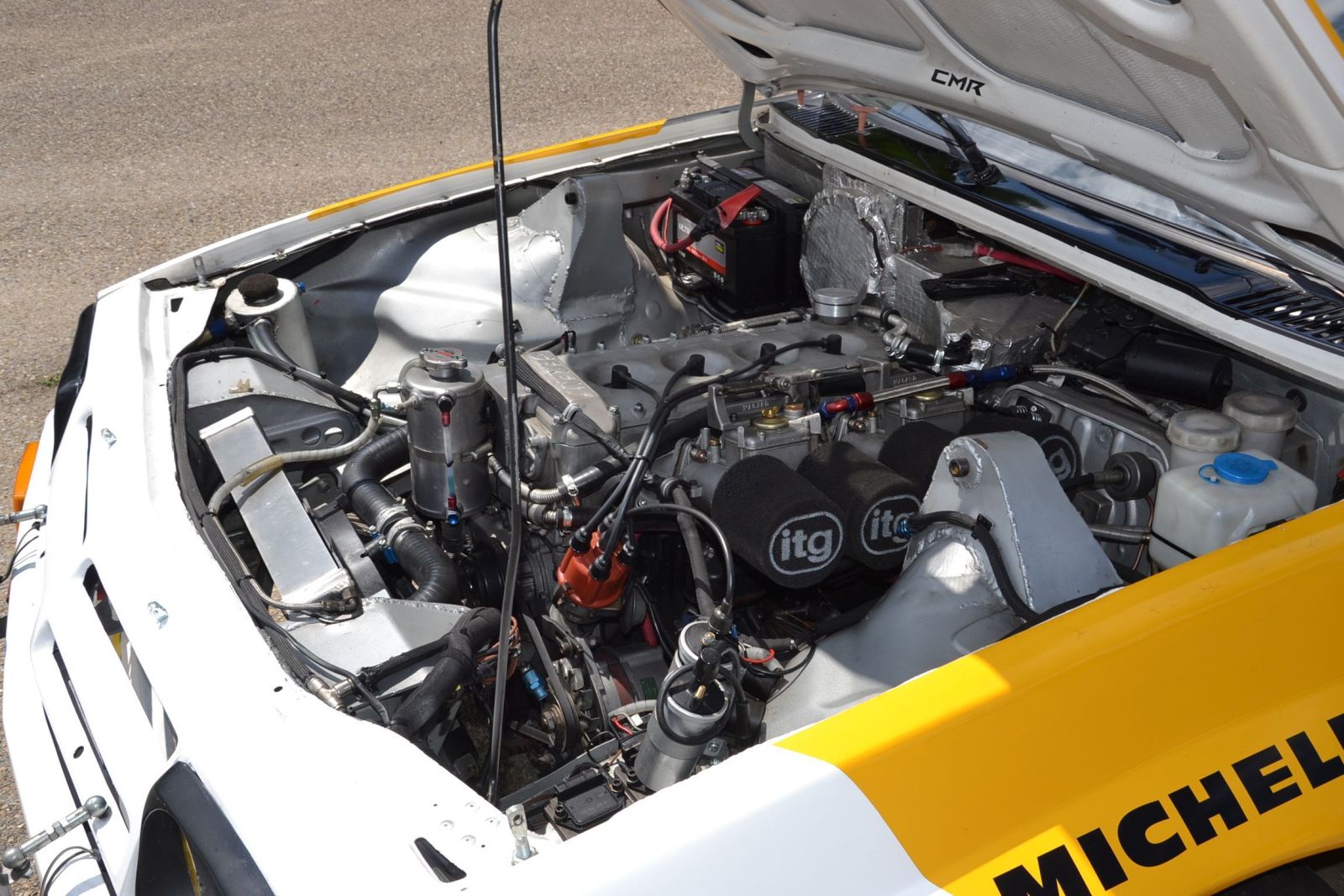
The Rallye model was, overall, an appearance and gauge package, the most noticeable difference being the addition of a black hood, and on 1970–1973 models, fog lamps. There was also a sport model known as the "Rallye" from 1971 to 1974. In that year the only Opels imported were the Manta and Ascona A.Īll Mantas sold in the US had the 1.9 L and larger heavy duty radiator (an option on European models). The last year GM imported European-made Opels into the United States under the Opel marque was 1975. In 1973, the "Manta" nameplate was added to US-spec Mantas, but the Asconas kept the 1900 badge throughout their model life. The Manta was even sold as the "1900 sport coupé" in 19, rather than as the "Manta". The frame, mechanics, dash, front seats, and many other parts were shared between the cars. The only differences between the Ascona and Manta were exterior sheet metal, glass and trim.

The Ascona A was the saloon version on the Manta A chassis and was sold in the US under the "1900" name as a two-door and four-door saloon, and as a two-door "sport wagon". Opels were imported by GM and sold through Buick dealerships and not their own dealership network, so they were limited in what makes and models they could sell there. The Manta A was one of only a few Opel models sold in the US. The sales approach for the Opel line in the US market differed from Europe. The most notable special editions models based on the GT/E were the "Black Magic" (with black and plaid interior) and the "Swinger" edition in white, also with an odd interior choice. The GT/E was a fuel-injected version of the European 1.9 L and the performance figures were very impressive for the time. The one exception was the 1975 Opel, which offered the GT/E and a number of special editions based on the GT/E. Most were basic trim packages, the most popular being the "Berlinetta", which was similar to the Luxus but included rubber trim on the bumpers (standard on all 1973 US Opel Mantas), vinyl roof, and other miscellaneous features. The European market had a number of different versions. The Manta was known to be one of the best-handling cars in its class and went on to win a large number of rallies in Europe and the United States.
OPEL MANTA B 400 MANUAL
The Manta came with either a four-speed manual or a three-speed TH-180 automatic. In the United States, only the largest, 1.9-litre, engine was offered. The Manta was normally equipped with a 1.6 or a 1.9-litre CIH engine, although in continental Europe, a small, 1.2-litre, motor was also offered. (In the UK the Ford Capri niche was contested, with only limited success, by Vauxhall's Firenza, based on the ageing Vauxhall Viva until 1975.) The Vauxhall and Opel models were subsequently sold side by side. In the UK market, the first Manta was sold only as an Opel: there was no Vauxhall-branded Manta (or Ascona) until after the launch, in 1975, of the Manta B1 and Ascona B as the Mark 1 Cavalier coupe and sports hatch (Manta) and saloon (Ascona). It took its name, and a few minor styling cues, from the Manta Ray concept car (1961), which also famously influenced the 1968 Chevrolet Corvette C3 (both Chevrolet and Opel had General Motors as their parent company). A competitor to the Ford Capri, it was a two-door "three-box" coupé, and featured distinctive round tail lights, quite similar to those on the Opel GT and which in fact were used on the GT in 1973, its final model year. BEL008.The Manta A was released in September 1970, two months ahead of the then new Opel Ascona on which it was based.

The Manta model was replaced in the Opel company's offer by the Calibra model in 1990.

Both versions differed primarily in the available drive units, but also in the floor plate, body style and equipment. The first one was designated as Manta A and was produced in the years 1970-1975, and the second one (Opel Manta B) was produced in the years 1975-1988. Two generations of the car were created during the production process. In order to shorten research and development and reduce costs, the Manta model shared many components with the Opel Ascona.
OPEL MANTA B 400 SERIES
The Manta model was developed and implemented into series production as Opel's answer to Ford Capri cars. The car was powered by a relatively wide range of engines - depending on the version - with a capacity of 1.2 to 2.0 liters and a maximum power of 60 to 110 HP.
OPEL MANTA B 400 SERIAL
Its serial production started in the same year and continued until 1988. The Opel Manta is a German passenger sports car that was first presented to the public in 1970.


 0 kommentar(er)
0 kommentar(er)
